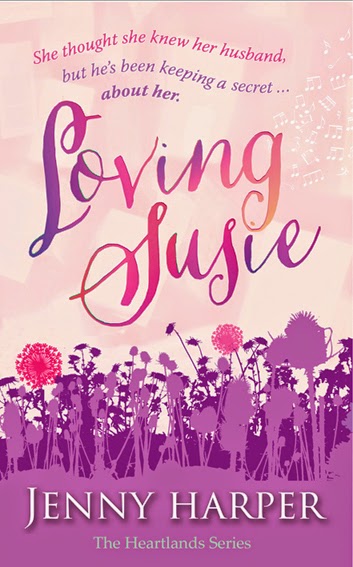I read six books in November.
Here’s Looking at You
by Mhairi McFarlane (on Kindle). I read and enjoyed Mhairi McFarlane’s first
book You Had Me At Hello but didn’t believe at all in the relationship at the core
of this one. Very disappointing. (Incidentally, have you noticed that on Amazon
reviews lots of people spell that word ‘dissapointed’?) Maybe you have to be the age/mindset of the characters (30-something adolescents) to appreciate it. Or maybe it suffers from quickly-written-follow-up-to-successful-first-novel syndrome. I'll probably give her the benefit of the doubt and try her third one.
The House We Grew Up
in by Lisa Jewell. I’ve been a big Lisa Jewell fan ever since her first book Ralph’s Party – didn’t think this was
her best although I wouldn’t say I was ‘dissapointed’ with it.
Have you seen those TV programmes about people who hoard – the extreme cases
who end up hardly able to move for stacks of newspapers and other stuff most
would call rubbish? The mother in this story is one of those hoarders and her
husband and each of her offspring have to find their own way of dealing with
it, as children and then as adults.
Martha’s Ark by
Charlotte Moore. A pleasure to reread this, published in 1996 (now o/p) and described by
the Sunday Telegraph as ‘Like Jane
Austen, Charlotte Moore directs a sharp and sympathetic gaze.’ Charlotte Moore seems to have concentrated on non-fiction in
recent years; I’ve just googled her and see she’s written the story of her
family home which sounds fascinating:
Something Beginning With by Sarah Salway (on Kindle) With quirky alphabetical headings, this is
Verity’s account of her relationships with her friend Sally and her married
lover John. Original and observant, albeit with a rather abrupt ending.
Snow Angels, Secrets
and Christmas Cake by Sue Watson (on Kindle)
What it says in the title. Frothy ‘Christmas read’.
Empress Dowager Cixi by Jung Chang – actually this 500-pager spilled over into December, a book
group read. And a very colourful one it is, from the author of Wild Swans.
Cixi (pronounced See-shee, 1835-1908), the concubine who
became an Empress, is the most important woman in Chinese history – credited,
although not in China, for bringing that medieval empire into the modern age.
She opened up links with the rest of the world and allowed railways and
telegraph lines to be built. Just before she died she was paving the way for
the country to be governed by a constitutional monarchy – and if she had lived
a few years longer the history of China in the twentieth century might have
been quite different. Not a saint, but a clever, fascinating woman.
In China (where this book is banned) Cixi is regarded in a
different light. The author relates how present-day visitors to the Summer
Palace are told by guides that extravagant Cixi redirected money that should
have been spent on the Chinese navy to the restoration of the Palace, and that
China lost a war again Japan as a result. This was exactly the experience my sister and I had in China four years ago – our guide pointed to a marble boat and
told the story of the redirected funds; he did not say one word in Cixi’s
favour. That was the first time I had even heard of Cixi so I was extremely
interested to read a quite different account of her in this book.
 |
| Summer Palace 2010 |






























